With the first quarter of the 21st century coming to a close, Billboard is spending the next few months counting down our staff picks for the 25 greatest pop stars of the last 25 years. You can see the stars who have made our list so far at the bottom of this post — but first, we remember the century in Adele, a powerhouse presence and unlikely superstar who emerged from a pop golden age to put up numbers most of her peers could only dream about.
No one could have possibly seen Adele coming.
By the year 2010, Adele was already a Grammy-winning global hitmaker, so you couldn’t really say she came out of nowhere. But during a period of pop music that was quintessentially BIG – in sound, in scope, in ambition and in commercial returns – for the biggest artist by a near-exponential magnitude to turn out to be the British singer-songwriter with all the weepy breakup ballads was borderline-unthinkable, even as it was becoming an increasingly obvious reality. And for her to get even bigger from there, until she was putting up stats no other pop phenomenon had achieved before or has matched since – even as the music industry around her was supposedly in failing health – remains dizzying to think about a decade later.
How did she do it? With a singularly mighty voice, an industrial-strength artistic identity, an unexpectedly earthy sense of humor, and of course, a handful of no-doubt five-star pop songs. And somewhat counter-intuitively, also with good timing: Most of early-2010s pop music consisted of futuristic dance-pop jams pushing a pro-partying agenda with a pre-apocalyptic undercurrent, making Adele’s retro-leaning soul-pop a much-needed breath of fresh air. Perhaps more importantly, though, her albums were also simply a breath – stripped-down, emotionally raw sets that invited you to hit pause on the urgency of the present and the anxiety of the future and spend 40-plus minutes in the gentle thrall of an artist tapping into something truly timeless.

But before she was a record-setting world-beater, Adele was simply one breakout artist from the latest British Invasion – and not the moment’s biggest or flashiest. Multiple soulful U.K. singer-songwriters were making waves on U.S. shores in the late ‘00s, a mini-movement largely kicked off by Amy Winehouse’s unexpected 2007 global breakthrough with her Back to Black album. Winehouse’s massive success, larger-than-life personality and perpetual tabloid presence towered over her peers of the time, and Adele’s 2008 debut album 19 was dogged with comparisons to Back to Black and press insistence on dubbing her “The New Amy.”
Even still, 19 managed to make a major impression on both sides of the Atlantic. In the U.S., the album drew strong reviews for Adele’s strong songwriting and strikingly rich voice; Billboard wrote that she “truly has potential to become among the most respected and inspiring international artists of her generation.” The album started slow commercially in the States, but was boosted by Adele’s head-turning October performance on a much-watched Saturday Night Live episode, which hoisted the album to the Billboard 200’s top 10 and helped its heartbroken “Chasing Pavements” become her first stateside crossover hit, reaching No. 21 on the Billboard Hot 100. The Recording Academy also took notice, awarding her a pair of Grammys at the 2009 awards: best new artist and best pop vocal performance (for London ode “Hometown Glory”).
Still, nothing could have prepared fans for the breakthrough that was to come. “Rolling in the Deep” arrived in November 2010, and immediately signaled a raising of the stakes: While “Chasing Pavements” had been despairing in its heartache, “Deep” mixed that anguish with tension, fury and outright vengefulness, supported by a taut, stomping folk-soul groove (helmed by producer and co-writer Paul Epworth) that made the song incendiary from Adele’s first “There’s a fire…” insistence. Peaking with a frayed, chorus-introducing vocal hook (“We could have had it AAA-ALLLLLL…..”) that hit as hard as any EDM beat drop of the time, “Rolling” quickly proved Adele’s most undeniable single yet, reaching the Hot 100 before 2010’s end and topping the chart the next May. “Deep” made for a stark contrast with the No. 1s on either side of its run, by turbo-pop artists Katy Perry, Pitbull and LMFAO, but it also had enough of a pulse and a vitality to it that it didn’t feel totally out of place among those hits, either.
The late-cycle momentum of 19, the growing popularity of “Deep,” and strong pre-release buzz over its heart-rending lyrics and expanded musical palette all helped Adele’s second album, the stunning 21, bow atop the Billboard 200 with a very strong 352,000 in first-week sales. But more impressive than its debut was its endurance: The album would enjoy eight separate reigns at No. 1 over the course of 2011, totaling 13 weeks in all, and remained in the top five for its first 39 weeks on the chart. Over the course of that 2011 run, the album also produced a second smash in the tear-jerking power ballad “Someone Like You,” which followed “Deep” to No. 1 on the Hot 100 – the first No. 1 in the chart’s history to feature no instrumentation beyond voice and piano – after a spellbinding performance at that year’s MTV Video Music Awards. By year’s end, the album had sold 5.8 million copies, enough to help boost the entire industry’s year-over-year sales numbers into the positives for the first time since 2004.
While enormously impressive, the numbers only capture part of the cultural impact of 21 in 2011. The album and its singles became such obvious shorthand for heartbreak music that it was featured in an SNL sketch where various cast members (and guests Emma Stone and Coldplay) play co-workers enjoying a cathartic cry together over various life sadnesses to “Someone Like You.” Meanwhile, countless other artists – contemporary hitmakers and legends alike, from all over the musical spectrum – were inspired to try their hands at Adele’s new entries to the all-time pop canon; in that year alone, “Deep” was covered or remixed by John Legend, Patti Smith, Linkin Park, the Glee Cast, Mike Posner, Jamie xx, a teenage Ariana Grande, Lil Wayne and dozens more. That cross-demographic, cross-generational appeal was a huge key to Adele’s success; while Lady Gaga and Drake might’ve enraptured as many teens at the time, Adele was the classic pop star you could listen to with your parents, or even your grandparents.
By 2012, 21 was still showing no signs of slowing down. The set spun off a third Hot 100 No. 1 single in the betrayal anthem “Set Fire to the Rain,” which topped the chart in February – just a week before Adele would perform at that year’s Grammys, her first live appearance since emergency throat surgery forced her to cut her Adele Live Tour short the prior October. Unsurprisingly, she also cleaned up at the awards, winning in all six of the categories in which she was nominated, including album of the year for 21 and song and record of the year for “Deep.” Meanwhile, 21 had resumed its domination of the Billboard 200, topping the chart for another 10 weeks from January to March, with an extra 11th week in June bringing its two-year total to 24 weeks at No. 1 – tying Prince and the Revolution’s Purple Rain for the longest stay atop the 200 since Michael Jackson’s Thriller spent a historic 37 weeks there in the early ‘80s. In November 2012, the set was also certified Diamond by the RIAA, the first new album to officially break eight digits in units shipped since Usher’s 2004 blockbuster Confessions.
Adele’s victory-lapping 2012 extended to one more musical release – the Bond theme “Skyfall,” which debuted in the Hot 100’s top 10 and would win Adele a best original song Oscar the following year – and another relatively minor hit off 21 in the No. 16-peaking “Rumour Has It.” And then, Adele headed back to the sidelines: While other pop stars of the era would keep at least one foot in the spotlight in between album cycles – with one-off singles, feature appearances, late-night and festival performances and/or consistent social media presence – Adele established the precedent in her post-21 era of a more-or-less full mainstream retreat when she was no longer in album mode. For most of 2013 and 2014, Adele was rarely seen or heard from, as she eventually set to work on the album that would become 21’s follow-up.
By the time Adele returned in late 2015, anticipation for her new music had crescendoed to an arguably unmatched pitch among 21st century releases. Her approval rating was near-unanimous among pop fans of all stripes, and while other U.K. singer-songwriters with big voices and big choruses (Sam Smith, Emeli Sandé, Labrinth) had emerged in her absence, none quite matched her raw power or all-consuming appeal, artistically or commercially. Luckily, the song that she returned with met all expectations: “Hello,” the yearning megaballad that was to serve as lead single for her then-upcoming third album, was not the artistic leap forward that “Deep” was, but it scratched the itch Adele had left her fans with: It was massive, it was cathartic, it was deeply satisfying and it was instantly unforgettable. Helped by a dramatic black-and-white music video (and a newly glammed-out look for its singer), “Hello” debuted atop the Hot 100 and stayed there for 10 weeks.
Halfway through that run, the entirety of 25 was released. Coming off the absurd sales performance of 21 and the stellar reception to “Hello,” commercial expectations for the set were exceptionally high – and though by late 2015, streaming had largely been accepted as the now-dominant form of global musical consumption, 25 was held from DSPs in its first weeks to ensure maximum performance. That maximum performance was reached, and then exceeded, and then exceeded some more: By the end of its first week, 25 had sold 3.38 million copies.
That 3.38 million number was so inconceivably gargantuan that it practically defied being put in context; you had to go to sports-world records like Barry Bonds’ 73 homers in one season or Wilt Chamberlain’s 100 points in a single game to express just how brain-scramblingly far ahead of the pack it was. Not only did it beat the previous single-week record-holder – *NSYNC’s 2000 blockbuster No Strings Attached, which sold an unrivaled-for-15-years 2.4 million in its debut frame – it passed it within the first three days of its release, and then essentially added on an extra million for its troubles before week’s end. The record has gone unmatched in the nine years since 25’s debut; even Taylor Swift’s The Tortured Poets Department, coming off perhaps the biggest year any pop star has had this century, with the benefit of 31 tracks’ worth of streaming consumption and untold numbers of vinyl variants for purchase, topped out at 2.6 million – an impossibly high number for literally any other artist in all of pop history, but still not even a full week’s work for mid-2010s Adele.

The debut was beyond historic, and 25 spent the next six weeks at No. 1 – moving another seven-digits’ worth in two of those frames – before adding another three weeks atop the chart to its tally in February and March 2016. But while 21 essentially ruled the world for a full two calendar years, the cultural reign of 25 was shorter; wistful second single “When We Were Young” stalled at No. 14 on the Hot 100, and while the more upbeat third single “Send My Love (To Your New Lover)” reached No. 8, it would be the only song from the set to follow “Hello” to the top 10. The album was still certified Diamond that September – after just nine months of release – and Adele again swept album, record and song of the year at the 2017 Grammys, where she also performed a heartfelt tribute to the late George Michael. But for the first time in her career, Adele was ending an album era with less momentum than she started.
Following the 2017 Grammys, Adele once again disappeared from the public eye, staying out of sight for most of the decade’s remainder. In 2021, she began to tease a return with new album 30, announcing a November release date for lead single “Easy on Me.” The song – another classic Adele piano ballad – debuted atop the Hot 100 and ultimately matched the 10-week No. 1 run of “Hello.” 30 arrived a month later and spent its first six weeks of release at No. 1, attracting some of the strongest initial reviews of her career. But this time neither the album’s debut nor its endurance would match its predecessor; the album entered with 839,000 first-week units, still easily the best number of any album that calendar year, but not even a quarter of 25’s stratospheric bow. When 30 also struggled to produce an enduring hit beyond its lead single, it seemed to confirm that Adele’s period as a one-of-one commercial force had likely passed.

Nevertheless, Adele remains one of pop music’s top draws, both on record and in concert – with her Weekends With Adele residency at the Colosseum in Las Vegas attracting rave reviews and spending a full two years (from 2022-24) as one of the hottest tickets in live entertainment. While Adele’s presence in her hit songs and albums is most associated with melodrama, introspection and general seriousness, she’s managed to amass and retain a great amount of good will as a public figure by being a down-to-earth, cheeky and often downright hilarious presence in her live appearances – in 2020, she even surprised fans by signing on as a non-performing SNL host, in a well-received turn. The famously album-inspiring romantic turmoil of her personal life has also taken a turn for the less-dramatic in recent years, as she’s been linked with sports super-agent Rich Paul since 2021, revealing their engagement in August.
While Adele will likely never again be as culturally central a figure as she was when she rose from the shadows in the early 2010s to cast her own shadow over the rest of popular music, it’s equally unlikely that she will ever totally fade from the mainstream – she’s too good, too likable and too impossible to replace. And she remains a valuable reminder that while some pop greats seem like they’re destined to rule the world from the opening seconds of their first single or video, it can be even more rewarding when an artist who seems to come from humble roots quickly flowers into an icon, striking a chord entirely of their own thanks to serendipitous timing, impeccable artistry and unquestionably all-time pop songs.
Read more about the Greatest Pop Stars of the 21st Century here — and be sure to check back next Thursday as we reveal our No. 9 artist!
THE LIST SO FAR:
25. Katy Perry
24. Ed Sheeran
23. Bad Bunny
22. One Direction
21. Lil Wayne
20. Bruno Mars
19. BTS
18. The Weeknd
17. Shakira
16. Jay-Z
15. Miley Cyrus
14. Justin Timberlake
13. Nicki Minaj
12. Eminem
11. Usher

The post “Billboard’s Greatest Pop Stars of the 21st Century: No. 10 — Adele” by Andrew Unterberger was published on 10/15/2024 by www.billboard.com



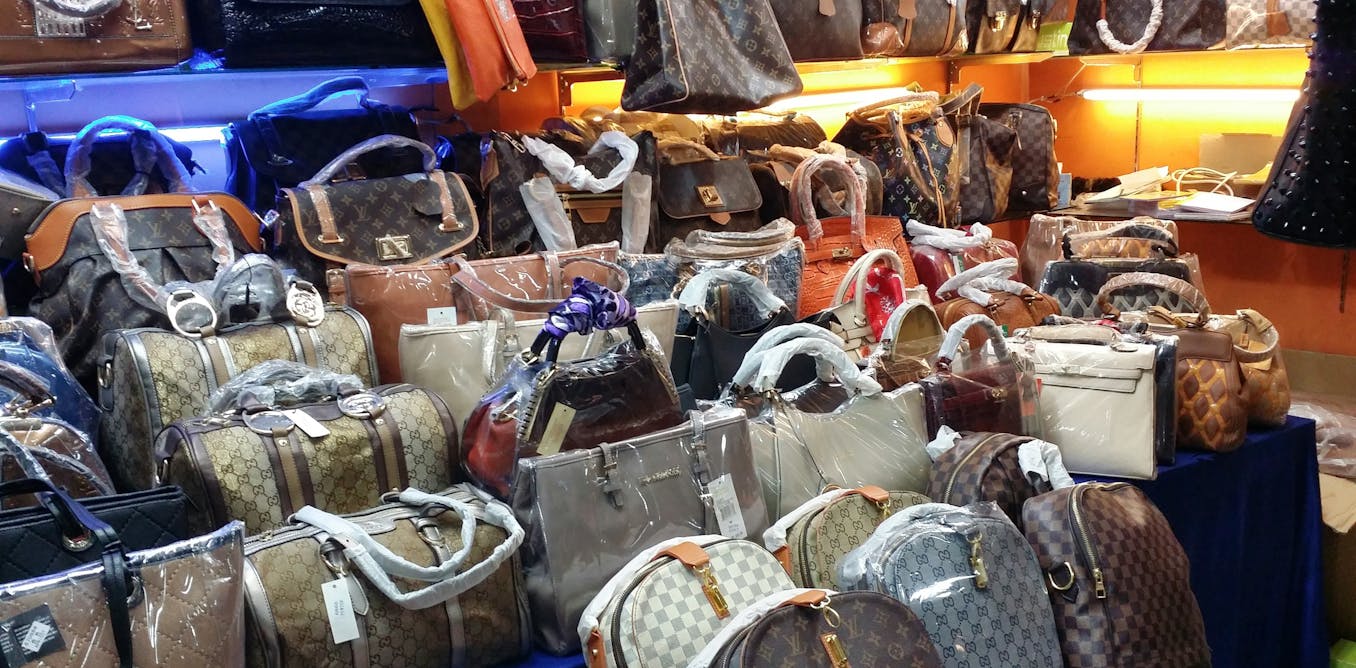
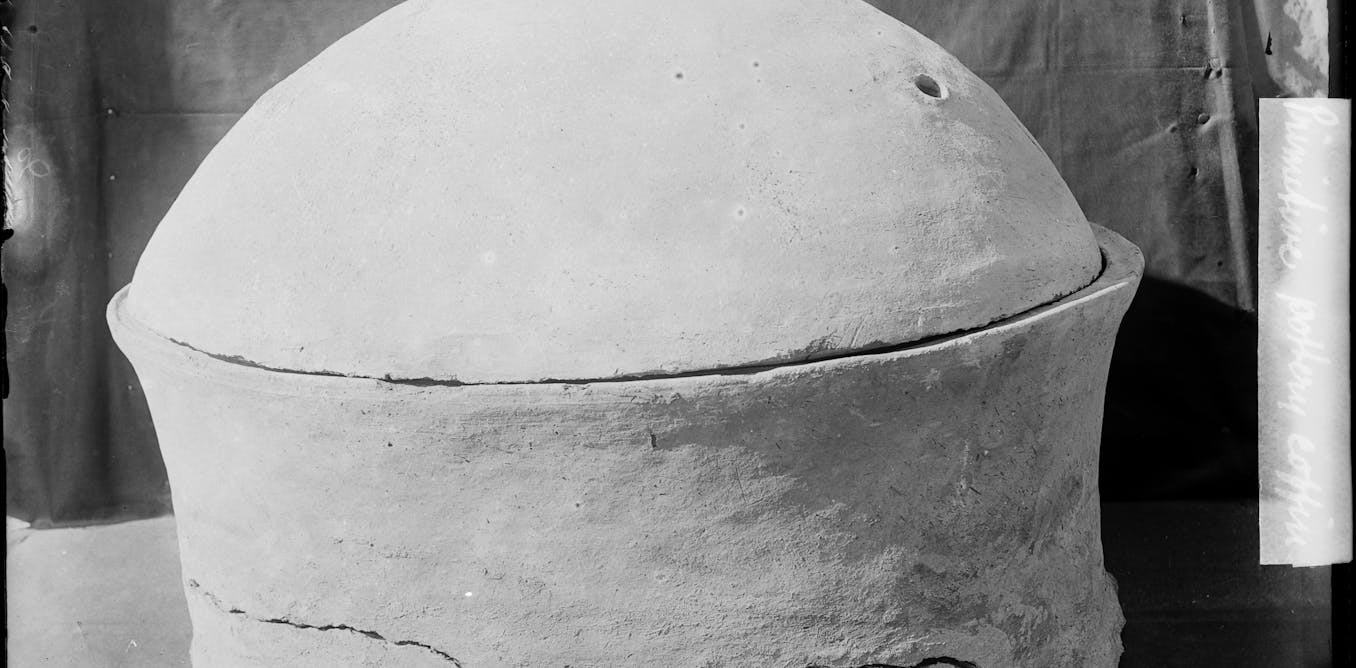

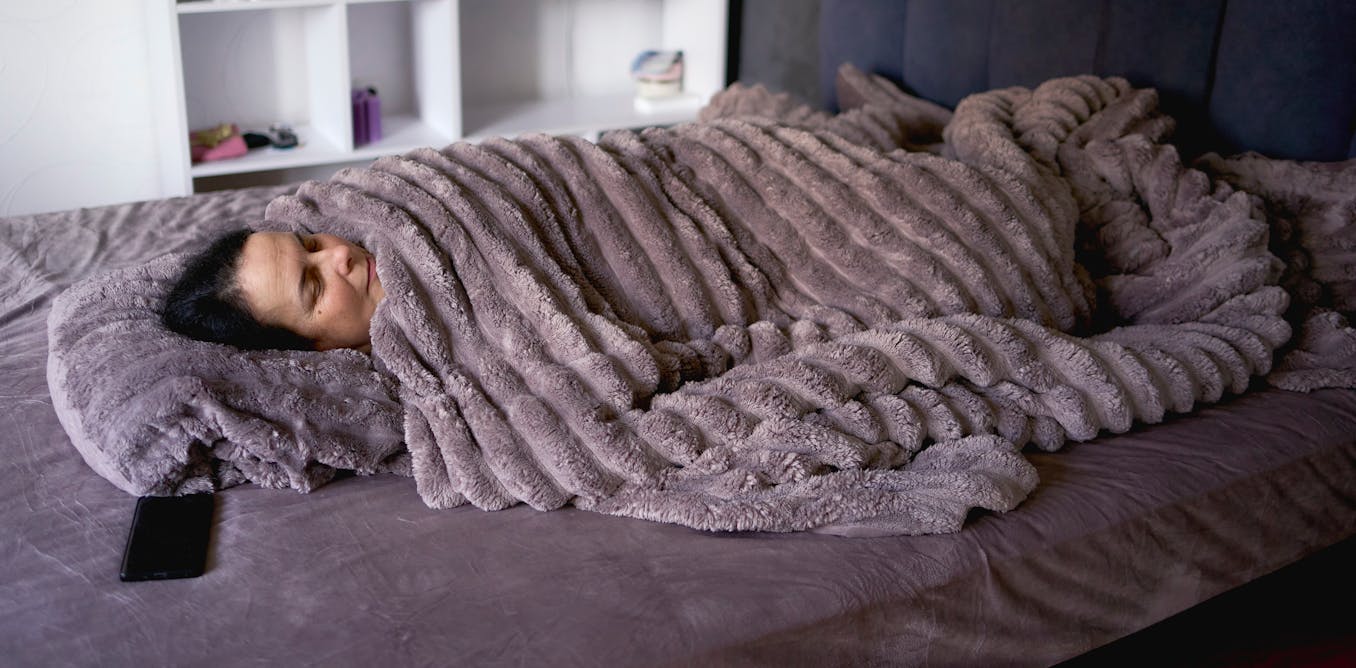




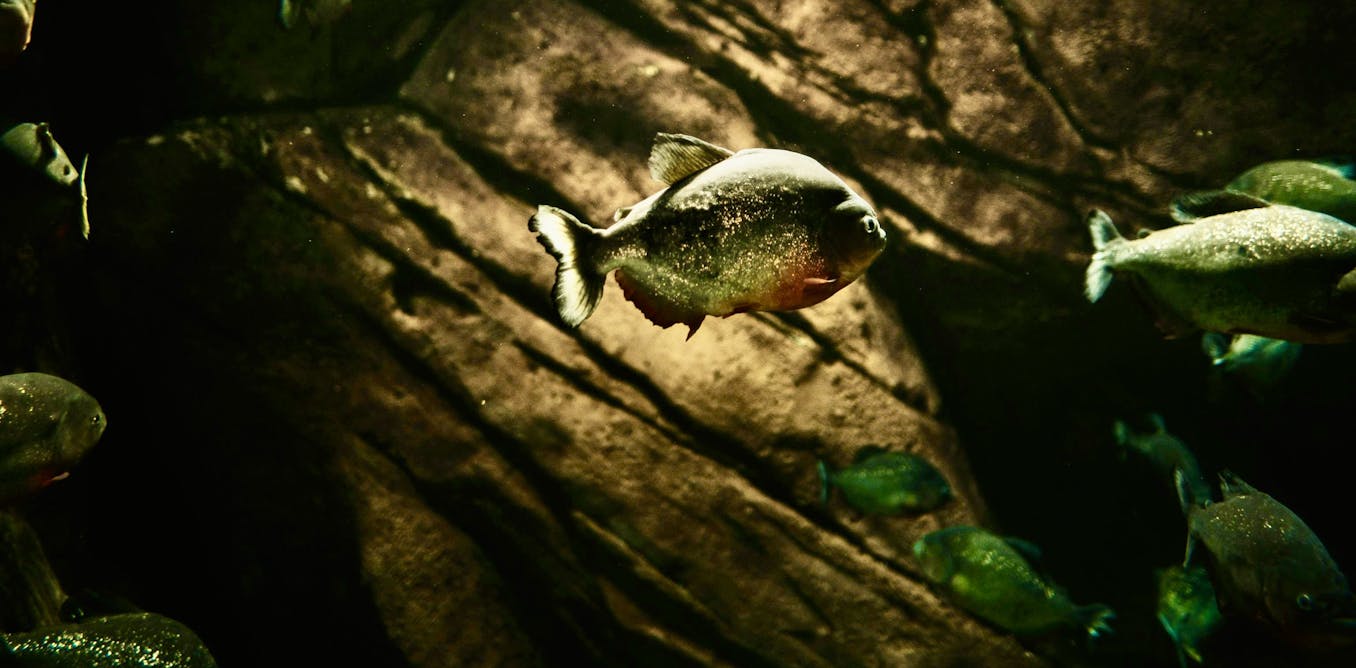

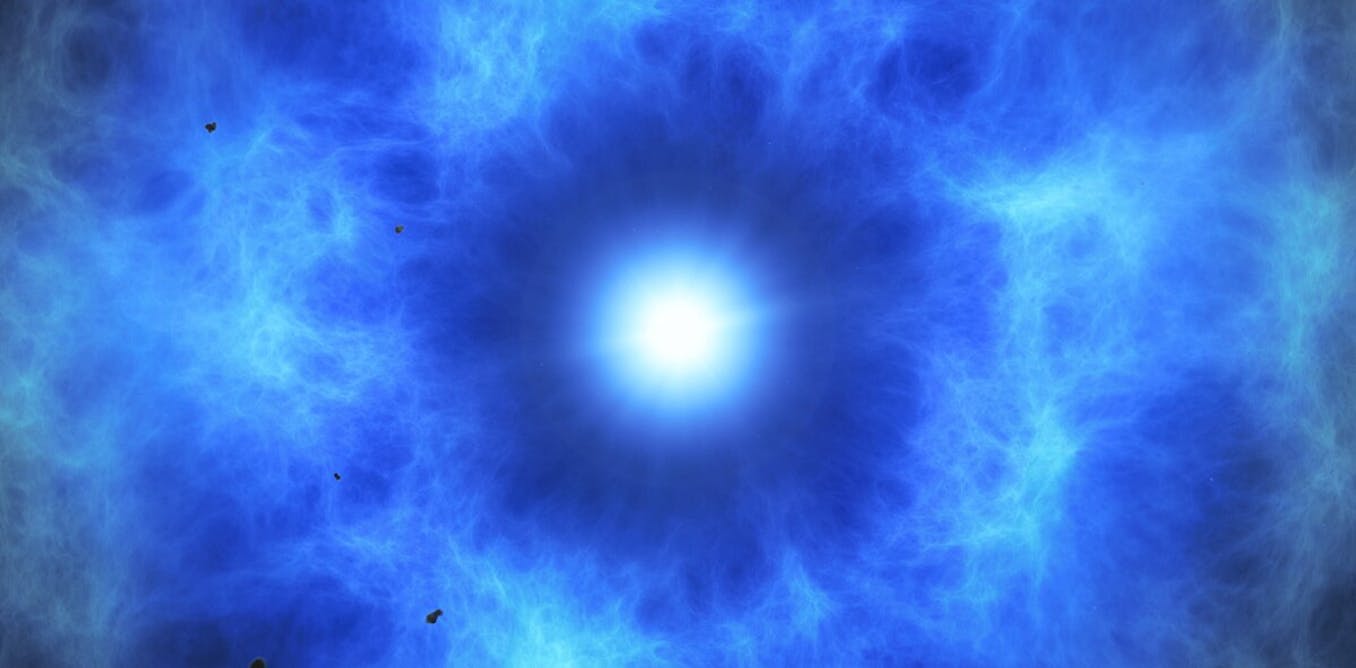
























Leave a Reply